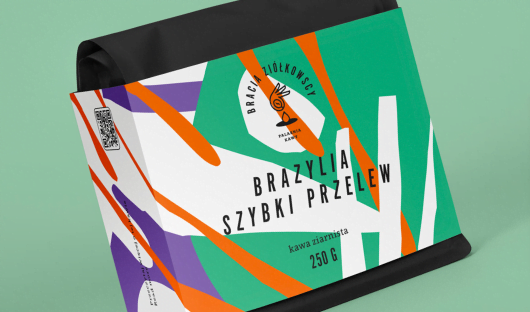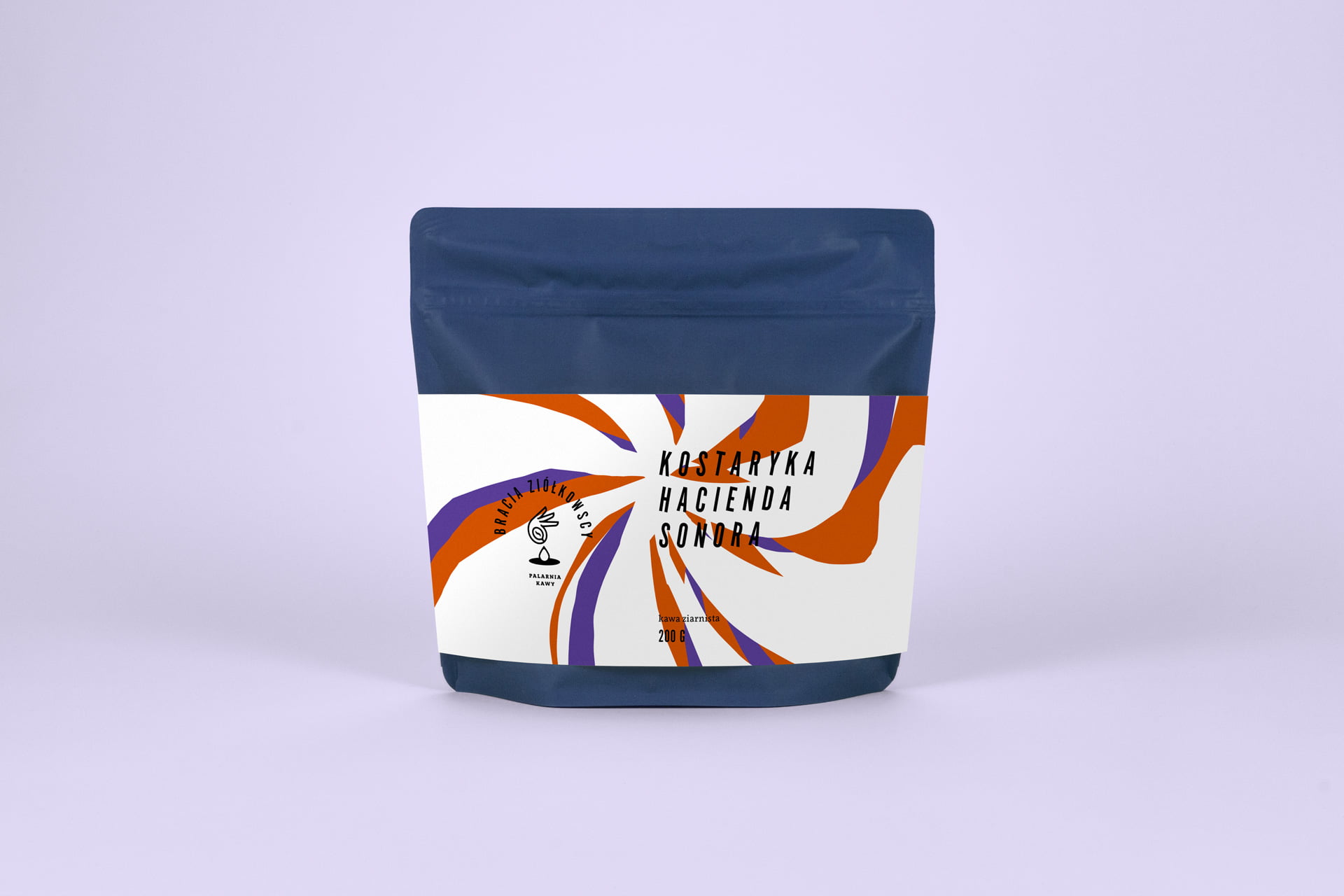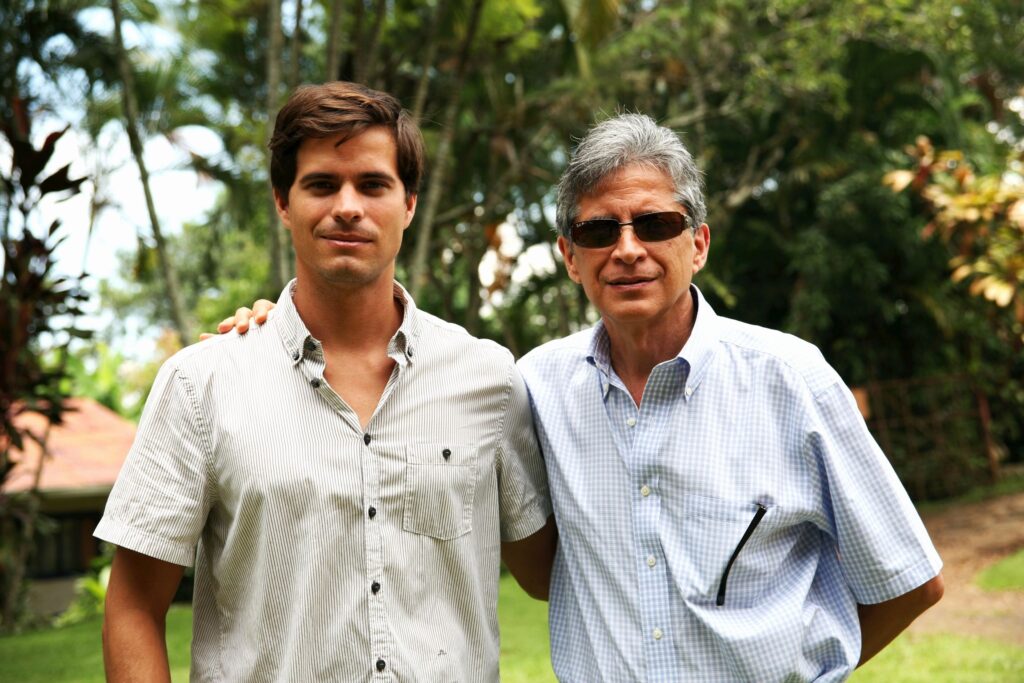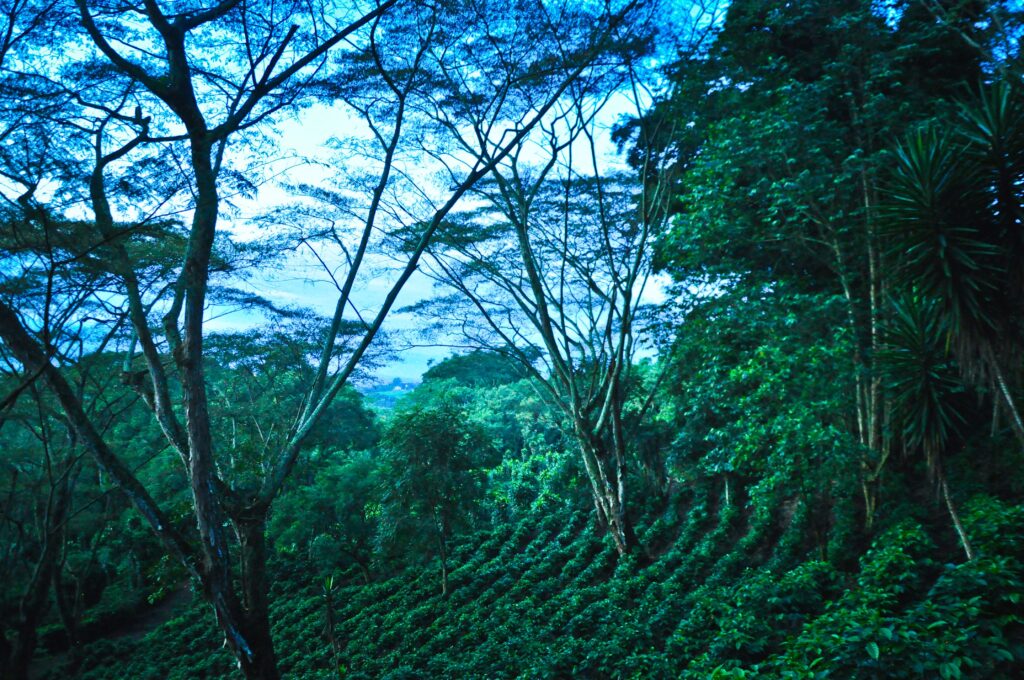
Not sure which coffee to choose?
Find the perfect coffee with a simple quiz!

We like coffees from Costa Rica, but this one is really special. Jammy, sweet and fruity. Citrus and currants with kajmak in the background. Sound all too good? Believe us we are not exaggerating. You ask - and what makes it so good? We explain right away. And we'll throw in the brewing recipe at the very end.
We bought this grain blind. We didn't ask for samples, which we usually do. It was enough for us that on the importer's list of titles 88 Grains we saw two phrases - 'Hacienda Sonora' and 'SL28'. The first is the name of a legendary Costa Rican farm that has contributed to the history of specialty coffee from the very beginning. The second phrase is the name of a Kenyan arabica variety. Not so long ago, the designation SL28 was mainly encountered with coffees from Kenya and other countries from East Africa, but due to their lesser popularity, it is probably fair to say that SL28 and arabica from Kenya were almost synonymous. It is this variety, together with the other, equally attractively named SL34, that contributes to the country's distinctive flavour notes in coffee - characterised by high acidity, intense fruit profiles, with the famous currants (and tomatoes) at the forefront.
Here we have a combination that is completely out of the ordinary, a variety strongly associated with one country, grown in a completely different place. This naturally raised the question - how Kenyan will this Costa Rica be. And will it be good? We reassured right away. We didn't just buy blind. We even bought impulsively. And we have absolutely no regrets!
Of course, we are the ones who are so backward. Alberto and Diego Guardia, father and son who jointly run Hacienda Sonora, have been growing the SL28 variety for more than a decade. The story of their farm revolves around innovations that allow them to stay ahead of market changes and still make money from their coffee. Alberto took over the family's Sonora in the 1970s and quickly converted it almost entirely to coffee production. He consistently invested in fruit-processing infrastructure, which gave him more complete control over his product - both in terms of profits and the opportunity to experiment. The Guardia family was at the forefront of natural and honey processing in Costa Rica. Today it is standard, they were among the first.

The varieties of arabica that are grown in Sonora were also experimented with. Today, there are twenty of them on the farm. In addition to its complex fruit profile, the SL28 also has the advantage of being drought-resistant. The extensive and deep root system is able to supply the plant with water even when there is a lack of rainfall. It is this characteristic that has made it one of the more popular Arabica varieties in East Africa. And now, in times of climate crisis, it is also proving itself in Costa Rica.
Anyway, this story, which we tell you from the perspective of a world career of the Kenyan variety
arabica, might as well be a story about how coffee producers are coping with climate change. SL28 is a drought-tolerant variety. On the Guardia family's farm, 20 of the 100 hectares are forest reserve, and the coffee trees are grown in the shade of other trees to prevent excessive water evaporation. The electricity used on the farm comes from the farm's own generator installed on the river that flows through it. Finally, natural processing requires the use of far less water than the washed processing that was most typical in Costa Rica until recently.

But back to the Kenyan influence in Costa Rica. SL28 variety was a product of the colonial policy of the British, who wanted to develop coffee production in Kenya. In the 1930s, they created the Scott Agricultural Laboratories, an institution that conducted research into the varieties most suitable for production. Of the forty-three varieties selected between 1935 and 1939, numbers 28 and 34 were the most successful.
The SL28 begins its career in 1931, when one of the principal researchers at Scott Laboratories, A.D. Trench was on a research expedition in what was then Tanganyika (today's Tanzania). There he observed a variety of arabica that seemed to him to be particularly resistant to drought, disease and pests. He took the seeds with him to Kenya, from which seedlings were grown and subjected to further improvements.
An additional factor contributing to the attractiveness of the SL28 - although it has not been seen to begin with - is its longevity over time. Arabica trees of this variety can be left untended for years until they almost go feral and the amount of fruit growing on them drops significantly. However, with proper pruning, they can be restored to regular production and productivity. This is also linked to their longevity - in many parts of Kenya, SL28 trees can be found that are 60 or even 80 years old. Apart from anything else, this is a huge saving for farmers.
Today, SL28 is one of the most respected varieties in East Africa. It is widely distributed in Kenya, Uganda, Malawi and Zimbabwe. Well, and today they are also conquering Latin America. In each of these places, the SL28 fruit takes on slightly different characteristics, but it also has a very strong common denominator everywhere. Which, incidentally, we are about to test experimentally.
We decided that all this still means nothing, without a direct comparison. What with, you ask - well, of course, the 'real' Kenya with SL28 beans grown in Hacienda Sonora in Costa Rica. Only in this way can we make good on the promise of the title of this text. Or verify it - as one prefers.

On the table we placed a cup of Sonora next to our classic Kenya Rung'eto. The obvious caveat is that Costa Rica comes from natural processing, Kenya from washed processing. Therefore, the former is more jammy in character, the latter goes in the direction of fruit juice. But the tasting notes are related. In both you can smell currants, light citrus. In the Hacienda Sonora, the sweetness (kajmak) is much more accentuated, and the whole is - unsurprisingly - heavier, enveloping the taste buds more. Kenya Rung'eto is much lighter, with a lower body.
We can say with a clear conscience that the phrase we used in the introduction, 'Costa Rican Kenya', defends itself quite well. Hacienda Sonora is, in character, quite related to the best coffees from Kenya that we know. But in doing so, it also has the characteristics of its processing and country of origin. So it is not just a curiosity, but rather a great coffee on its own terms.
If you've already bought a packet of Hacienda Sonora's Costa Rica, you'll certainly find the following brewing recipes useful. We prepared them on the beans two weeks after roasting, so they will be relatively versatile.
If you don't already have your pack, you can get it here. And be sure to sign up to our newsletter and you won't miss a single coffee gem from our roastery!
Get 10% discount for your first purchase and keep up to date with news and bargains.

